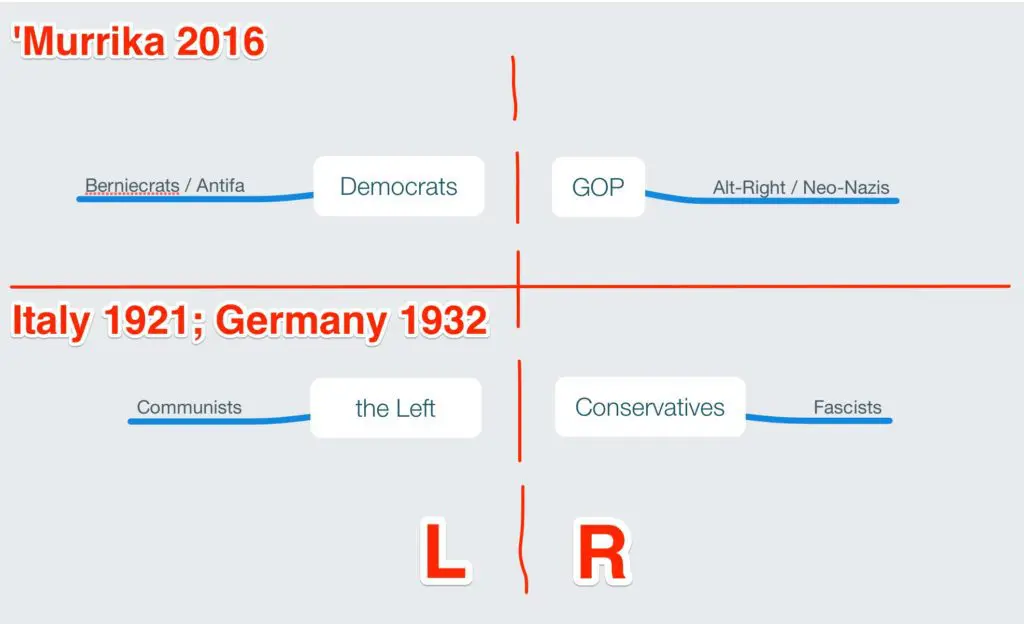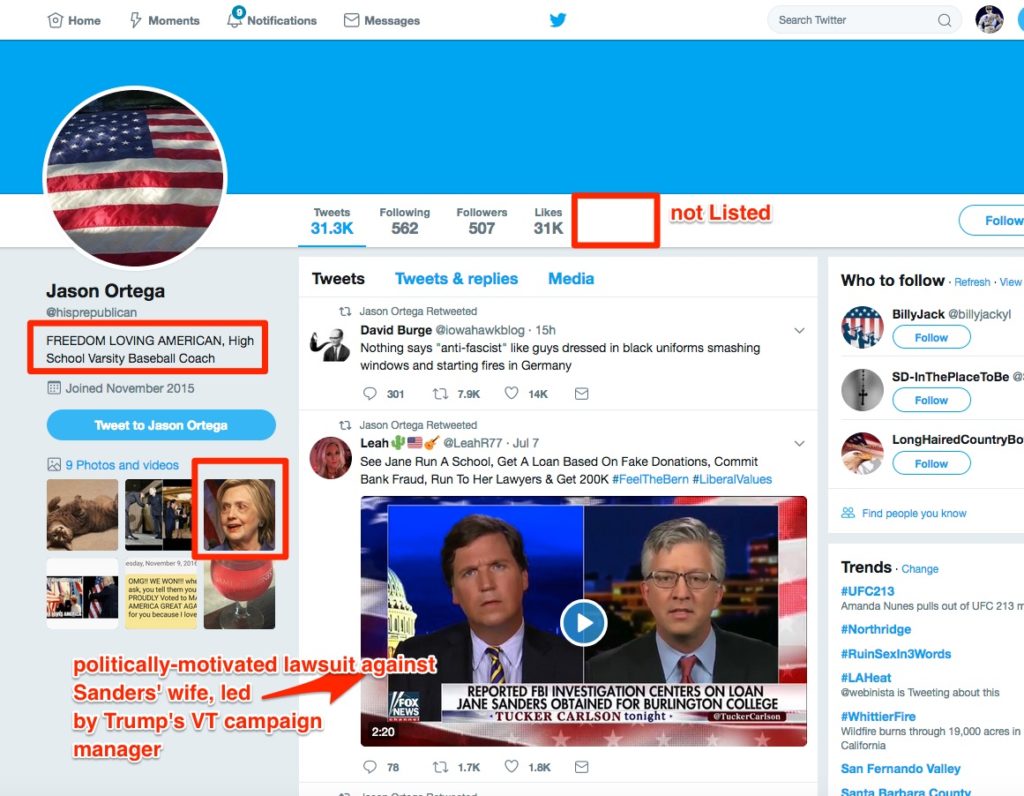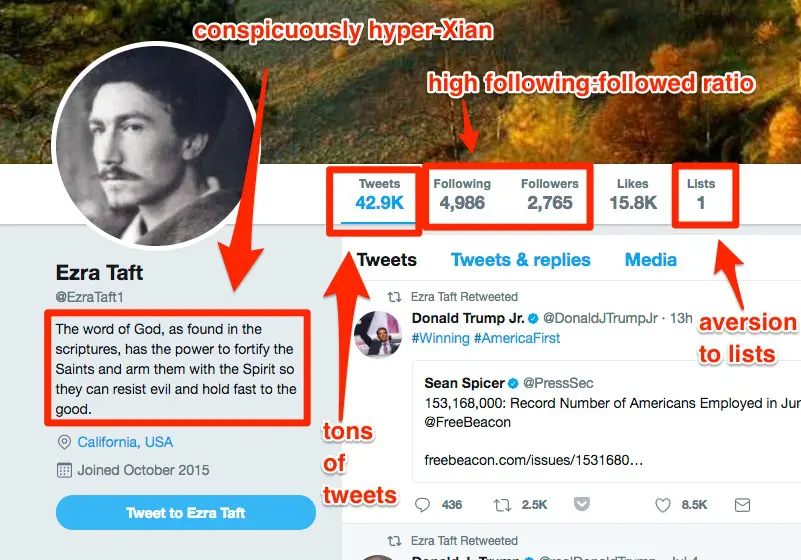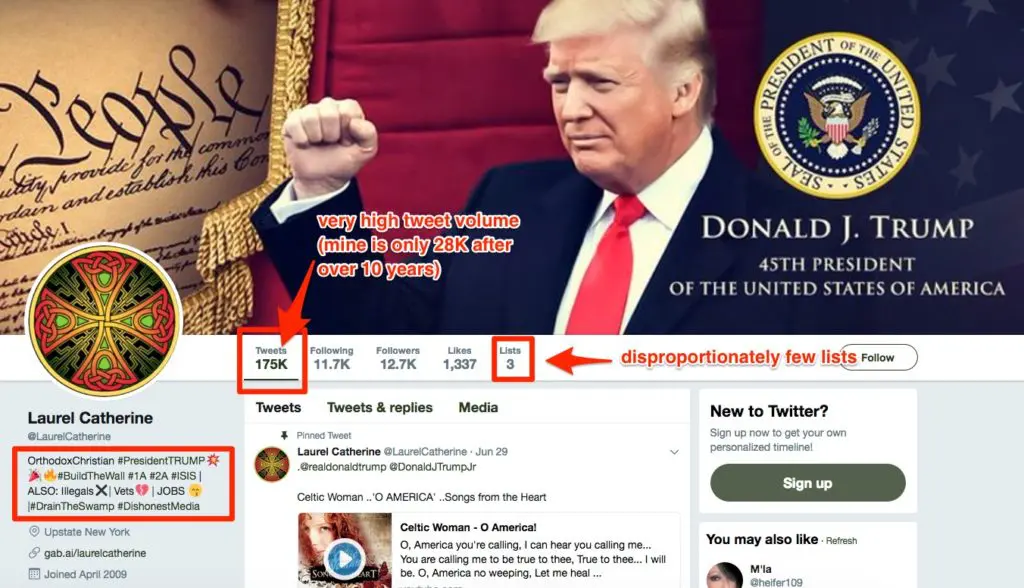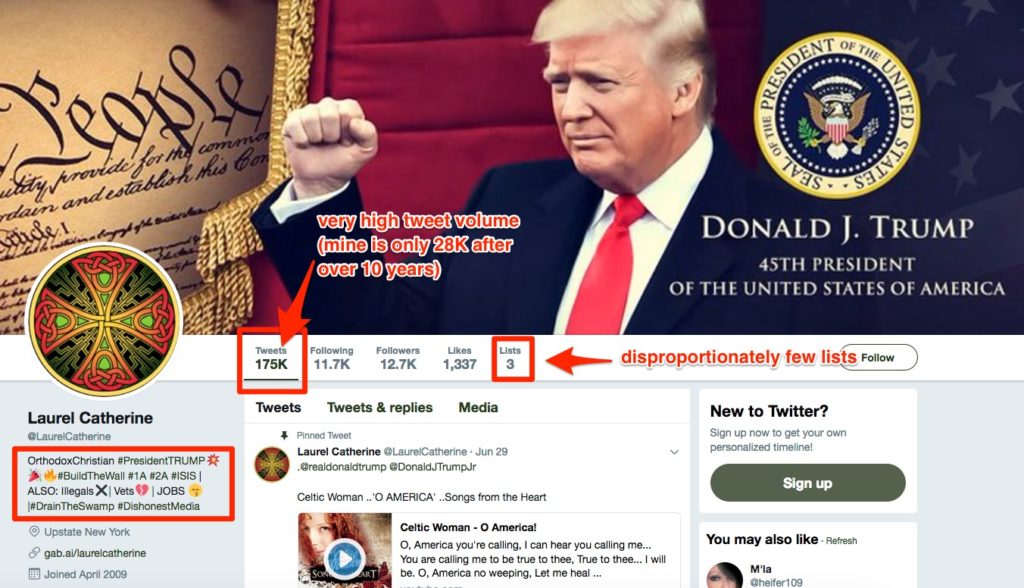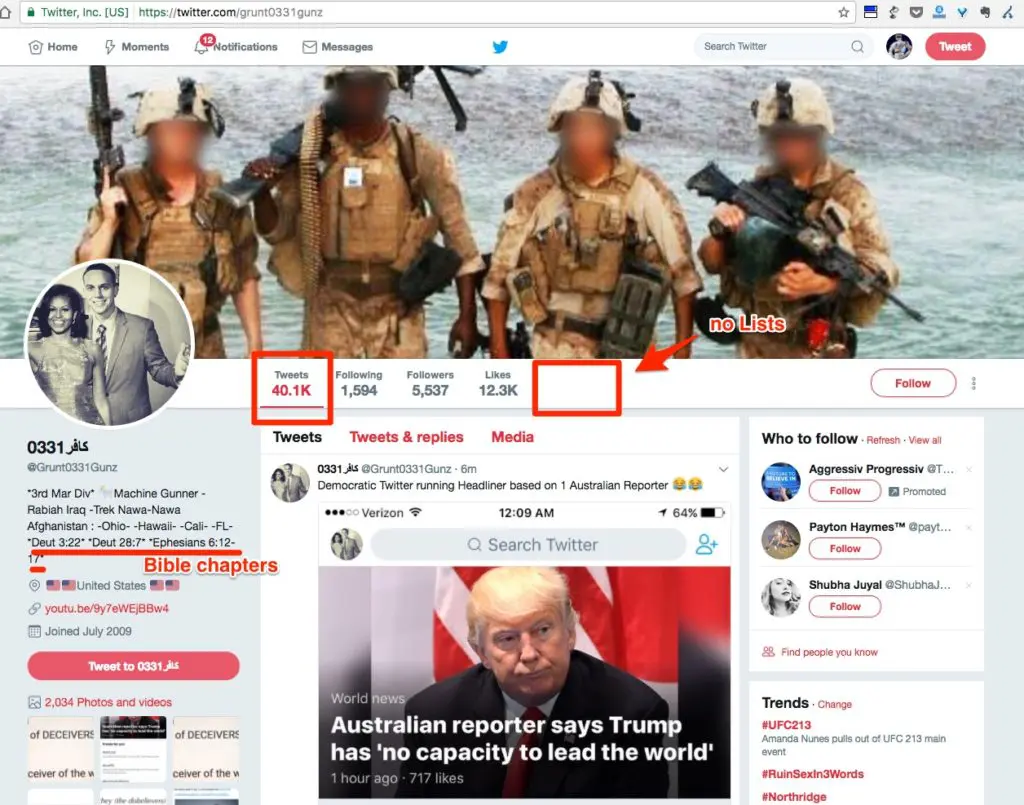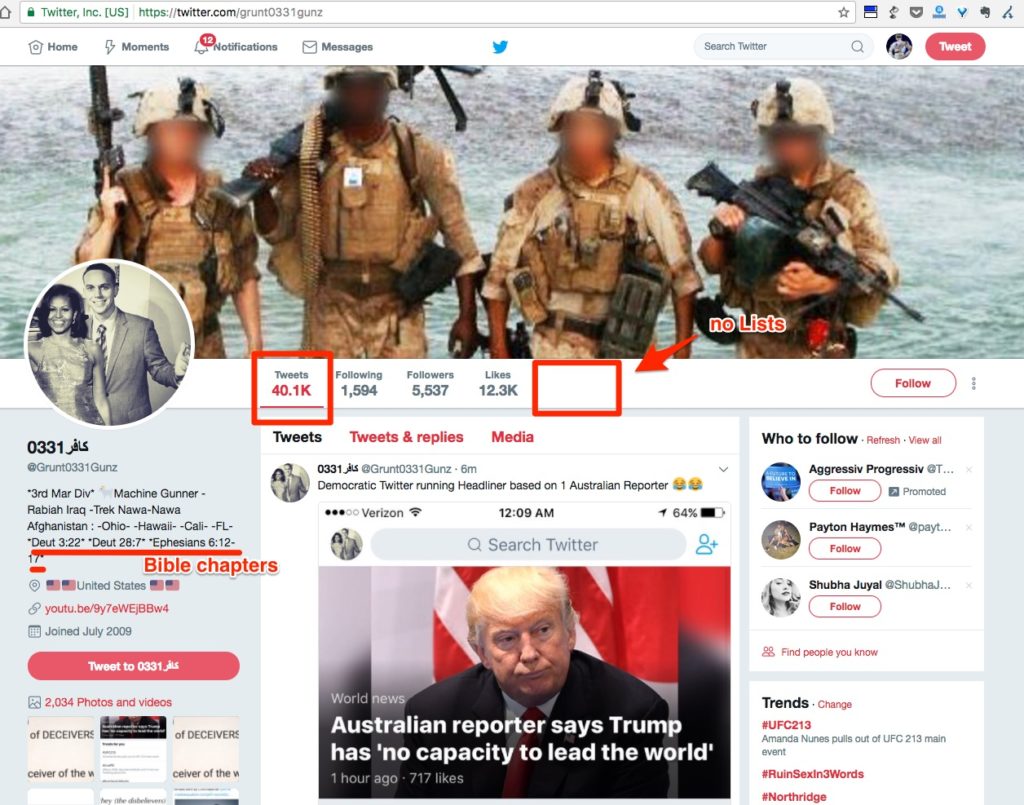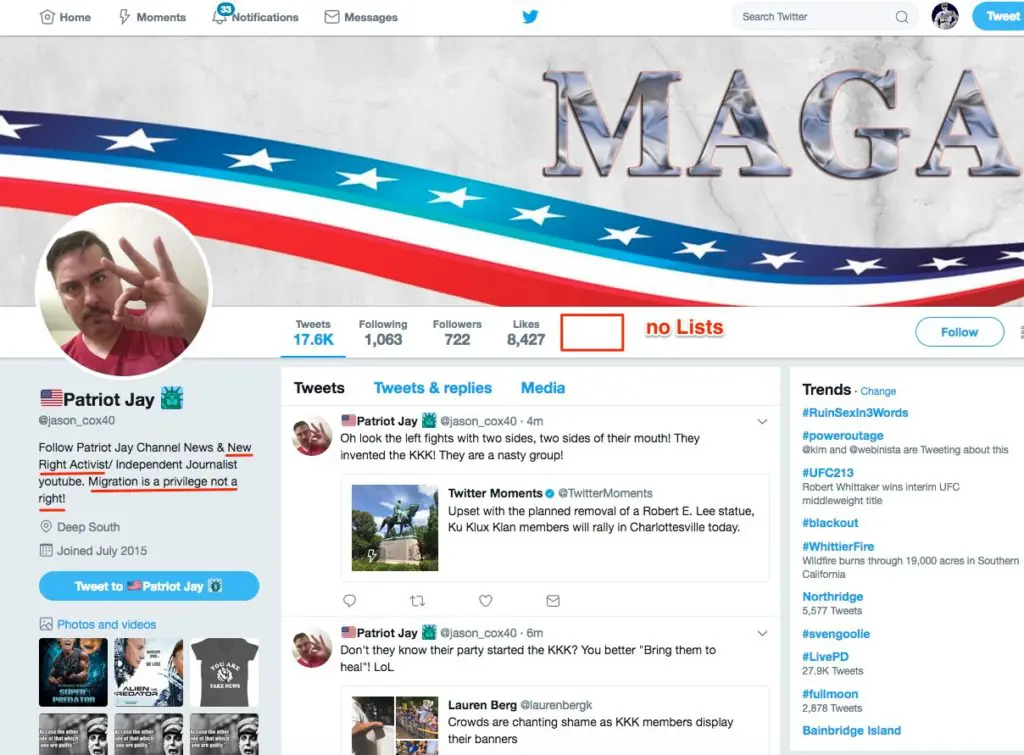Words, words, and more words.
In a world of increasing disinformation, it’s more important than ever to be armed with actual information. And being curious about the meaning, nature, and origins of things is a rewarding journey in and of itself.
Think of these dictionaries as tools for your mind — they can help you make connections between concepts, understand the terminology being used in the media and all around you, and feel less lost in a sea of dizzying complexity and rapid change. A fantastic vocabulary also helps you connect with people near and far — as well as get outside your comfort zone and learn something new.
Dictionaries List
This section includes dictionaries and definitions of important terms in important realms — and is continually being built out. Stay tuned!
- A Right-Wing Dictionary of Authoritarianism
- Christian Nationalism Dictionary
- Cold War Dictionary
- Conspiracy Theory Dictionary: From QAnon to Gnostics
- Cultism and Disinformation Dictionary
- Disinformation Dictionary
- Economics Dictionary
- Latin phrases
- Logical Fallacies List
- Newspeak Dictionary
- ✳️ Politics Dictionary
- Russian Psychological Warfare Dictionary
- Surveillance Capitalism Dictionary
- ✳️ Tech Dictionary
Terms and Concepts
Authoritarianism and American Fascism
Authoritarianism is a political system where a single leader or a small group holds significant power, often without the consent of the governed. Decisions are made by authorities without public input, and individual freedoms and democratic principles are usually suppressed. The government may control various aspects of life, including media and the economy, without checks and balances. This leads to a concentration of power that can foster corruption and human rights abuses. In an authoritarian regime, obedience to the authorities is often emphasized over personal liberties and democratic participation.
- Authoritarianism vs. Fascism
- Banana Republic
- Boiling Frog Syndrome
- Cults and Cult warning signs
- Dark money
- Denial — It ain’t just a river in Egypt
- Dominionism
- Empathy
- End Times
- Eternal Rome
- Fascism Definition: What is Fascism?
- Fake News
- Gerrymandering
- Ghost Skins
- Global Cabal
- Grand Jury
- Integrative Complexity
- Interposition
- Kleptocracy
- Liberalism
- Lost Cause Religion
- Mafia State
- Malignant Narcissism
- Motivated Reasoning
- Nationalism
- New Deal
- Oversight
- Paleologic
- Paranoia
- Phobia Indoctrination
- RT.com
- Scapegoat
- Trump Tower Moscow
- Tulsa Race Massacre
- Unthinking
Psychology
Definitions and terms relating to the study of the mind, including ideas from social psychology, political psychology, positive psychology, and Buddhist psychology.
- Arrested Development
- Bigotry is Poor Thinking
- Black and White Thinking
- Brainwashing
- Cluster B
- Cognitive Dissonance
- Cognitive Distortions List
- Covert Narcissism
- Defense Mechanism
- Dissociation
- Emotional Blackmail
- Empathy
- Extremism
- Fear of Death
- Grandiosity
- Influence Techniques
- Magical Thinking
- Malignant Narcissism
- Motivated Reasoning
- Narcissistic Personality Disorder (NPD)
- Neurolinguistic Programming (NLP)
- Paleologic
- Paranoia
- Personality Disorders
- Phobia Indoctrination
- Political Psychology
- Projection
- Psychological Biases List
- Psychopaths — Did you know that an average of 7% of the general public has no conscience at all?!
- Scapegoating
- Social Dominance
- Supremacy
- Unthinking
- Word Salad
- Zimbardo’s Stanford Prison Experiment
